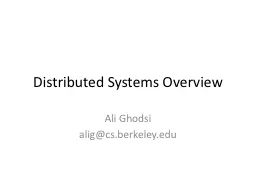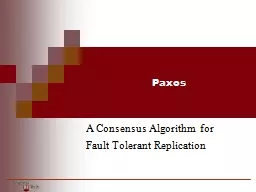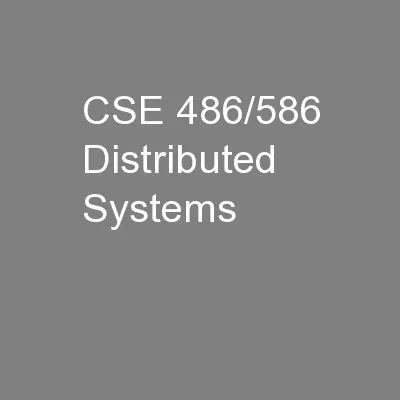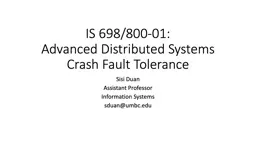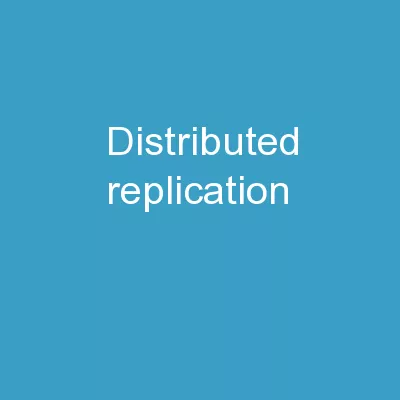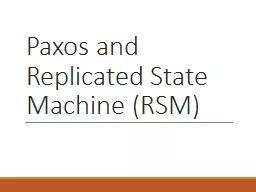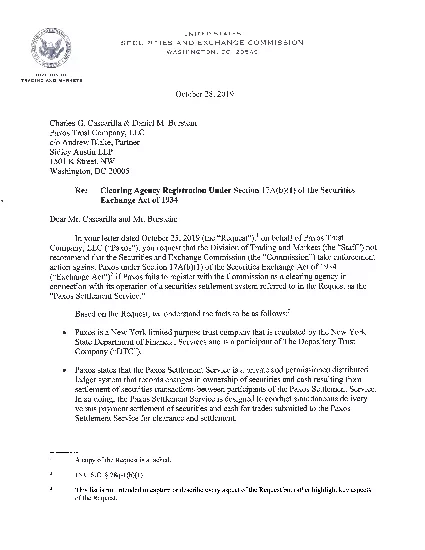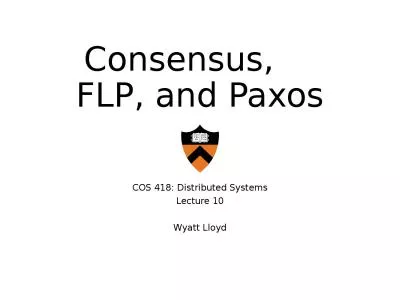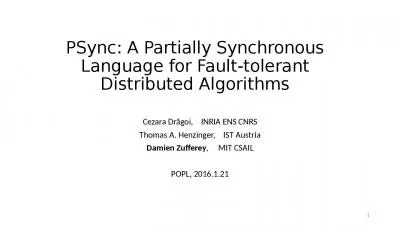PPT-Distributed Consensus Paxos
Author : ellena-manuel | Published Date : 2019-06-22
Ethan Cecchetti October 18 2016 CS6410 Some structure taken from Robert Burgesss 2009 slides on this topic State Machine Replication SMR View a server as a state
Presentation Embed Code
Download Presentation
Download Presentation The PPT/PDF document "Distributed Consensus Paxos" is the property of its rightful owner. Permission is granted to download and print the materials on this website for personal, non-commercial use only, and to display it on your personal computer provided you do not modify the materials and that you retain all copyright notices contained in the materials. By downloading content from our website, you accept the terms of this agreement.
Distributed Consensus Paxos: Transcript
Download Rules Of Document
"Distributed Consensus Paxos"The content belongs to its owner. You may download and print it for personal use, without modification, and keep all copyright notices. By downloading, you agree to these terms.
Related Documents



